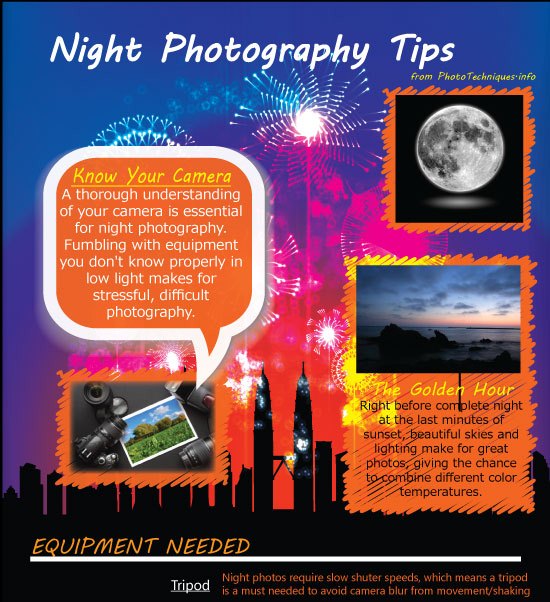What Every Professional Photographer Must Learn About Lights
What Every Professional Photographer Must Learn About Lights
Blog Article
Web Content Produce By-From Fraser
As a photographer, you know that illumination can make or damage your pictures. Comprehending the subtleties of both all-natural and synthetic light is vital for catching the mood and quality you go for in your work. Whether https://squareblogs.net/dante85britney/just-how-to-pick-the-right-cam-for-your-photography-requirements going after the best golden hour radiance or fine-tuning your fabricated setups, understanding these aspects can boost your digital photography significantly. However there are common challenges that many ignore, and recognizing them can change your method to every shoot. Let's explore what you might be missing and exactly how it can influence your results.
Comprehending All-natural Light
Comprehending natural light is crucial for any type of photographer aiming to improve their work. It's the structure of great photography, influencing mood, tone, and quality. When you shoot outdoors, pay attention to the moment of day. LinkedIn photographer -- soon after sunup and prior to sundown-- provides soft, cozy light that can change regular scenes right into magnificent photos.
Don't take too lightly the power of cloudy days. Cloud cover diffuses sunshine, producing a soft, even light that's excellent for portraits and macro photography. You'll locate colors pop in this type of illumination without severe shadows.
Placing matters, as well. Constantly consider your topic's positioning to the source of light. If the sun's behind your subject, you may end up with a silhouette, which can be significant however mightn't be what you desire. Conversely, straight sunlight can develop uncomplimentary darkness.
Explore angles; occasionally, changing your point of view can yield fantastic outcomes. Use all-natural reflectors, like water or sand, to jump light onto your topic, including measurement.
Learning Artificial Light
Understanding artificial light is necessary for professional photographers that intend to take their abilities to the following level. Whether you're making use of speedlights, studio strobes, or continual lights, comprehending just how to control these sources can dramatically enhance your images.
Start by acquainting on your own with the fundamentals of light high quality, direction, and shade temperature level. Explore different modifiers like softboxes, umbrellas, or grids to manage the softness or harshness of the light.
You'll locate that soft light often produces flattering outcomes, while harsher light can include drama and depth. Do not avoid shadows; they can boost the three-dimensionality of your topics.
Pay attention to the placement of your lights. A light located as well close to your subject can develop uncomplimentary results, while as well far can bring about a lack of information. Make use of a light meter or your electronic camera's histogram to ensure you're revealing correctly.
Last but not least, bear in mind that synthetic light can be blended with ambient light for creative effects. Stabilizing these resources could take technique, once you understand it, your photography will genuinely shine.
Strategies for Various Situations
When you enter various shooting situations, adapting your illumination methods is vital for capturing the very best images. For outdoor pictures, use the golden hour-- morning or late afternoon light-- to soften shadows and enhance skin tones.
If it's an extreme lunchtime sunlight, consider utilizing a reflector to bounce light back onto your subject or seek shaded locations for a much more also exposure.
In low-light situations, like indoor occasions, boost your ISO and make use of a wide aperture to allow in even more light. A tripod can assist eliminate video camera shake, permitting longer exposures without blurring.
If you're contending night, trying out off-camera flash to produce vibrant lighting and depth in your pictures.
For item photography, use diffused lighting to prevent harsh representations. Softboxes or light camping tents can aid accomplish this result.
When photographing landscapes, take into consideration the instructions of light and time of day, as it can dramatically transform the mood of your shot.
Always be ready to change your setups and placing based upon the circumstance, as adaptability is crucial to mastering lighting in photography.
Verdict
Finally, understanding illumination is key to boosting your digital photography skills. Welcome natural light's appeal throughout gold hour, and don't avoid explore man-made light techniques. By adjusting https://zenwriting.net/lanie40prince/typical-blunders-new-photographers-make-and-just-how-to-stay-clear-of-them to different situations, you'll record stunning pictures that resonate with feeling and clarity. Keep in mind, the right lights can transform an ordinary shot into something remarkable, so maintain practicing and refining your understanding of both all-natural and fabricated light. Pleased shooting!
